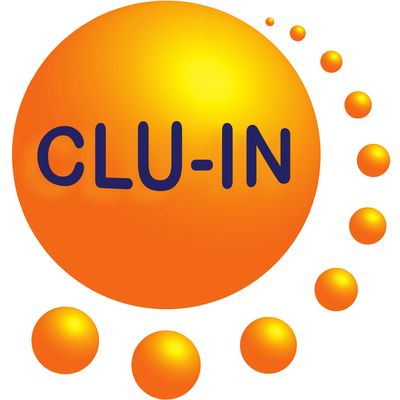Since 1998, The Contaminated Site Clean-Up Information (CLU-IN) website has presented Internet Seminars covering a wide variety of technical topics related to hazardous waste characterization, monitoring, and remediation. For each seminar topic, we have selected the highest-quality offering for placement in our archives. Beginning in May 2005, we began offering these archives via podcast, and this feed contains all seminars archived in the last 6 months. For a complete list of seminars archived since 2000 and videos of selected seminars archived since 2012, please visit http://clu-in.org/live/archive/. Our Rehabilitation Act Notice for reasonable accommodation is available at http://clu-in.org/training/accommodation.cfm. CLU-IN was developed by the U.S. Environmental Protection Agency (EPA) but is intended as a forum for all waste remediation stakeholders. For more information and to view upcoming live offerings, please visit http://clu-in.org/live/. For a complete list of RSS feeds available on CLU-IN, please visit http://clu-in.org/rss/about/.
http://www.clu-in.org/live/archive
Audio for "FRTR Presents...Synthesizing Evolving Conceptual Site Models (CSMs) with Applicable Remediation Technologies," Apr 1, 2020
This webinar features presenters and material from the November 2019 FRTR Meeting held in Reston, VA. The session will include two presentations: Developing Conceptual Site Models of Contaminated Fractured Rocks to Support In-Situ Remediation (Presented by USGS) Conceptual site models (CSMs) were developed to support in-situ remediation of fractured sedimentary rocks contaminated with trichloroethene (TCE) in two areas at the former Naval Air Warfare Center (NAWC) site near Trenton NJ. The understanding of heterogeneity and groundwater flow represented in these CSMs is critical to designing remediation strategies that involve spreading injected amendments to contaminant locations. In one area at NAWC, hydraulic testing, tracer testing, and flow and transport modeling were conducted to develop a CSM for designing in-situ bioremediation of TCE, involving injection of emulsified vegetable oil and bacteria. The CSM showed that injection will spread amendments widely over a zone of lower-permeability fractures, with long residence times expected because of small velocities after injection and sorption of the oil onto solids. However, amendments transported out of this zone will be diluted by groundwater flux from other directions, limiting bioremediation effectiveness downgradient. In another area of the site, hydraulic tomography (HT) was conducted to develop a high-resolution hydrogeologic CSM that depicts the extreme heterogeneity of hydraulic properties. This CSM includes an estimate of the most-hydraulically-active fracture network, which is a key component of designing in-situ remediation because amendments are spread along this network during injection. Results of these studies emphasize that for in-situ remediation of heterogeneous flow systems such as fractured rocks, the extent of injected amendments cannot be conceptualized using simple homogeneous models. Instead, it is important to develop CSMs that use characterization data and modeling to represent the heterogeneous features and simulate the spatially variable groundwater fluxes that strongly control in-situ remediation effectiveness. Using Remedy Implementation Information to Guide Remedy Optimization (Presented by PNNL, DOE, & EPA) During groundwater remedy implementation, data and information are collected about remedy performance and the site contaminant and hydrogeology conditions. This information can be used to refine the conceptual site model and evaluate progress toward remedial action objectives. Consistent with recent guidance for adaptive site management, it is important to consider this information with respect to remedy optimization opportunities. Groundwater remediation of carbon tetrachloride at the Department of Energy Hanford Site has followed this approach and is currently conducting an optimization study using EPA's guidance on remediation optimization. The optimization study will evaluate changes to the treatment configuration and provide information to support future decisions to improve remedy protectiveness, effectiveness, and cost efficiency, and to facilitate progress toward completion of site work. To view this archive online or download the slides associated with this seminar, please visit http://www.clu-in.org/conf/tio/FRTRPresents9_040120/
